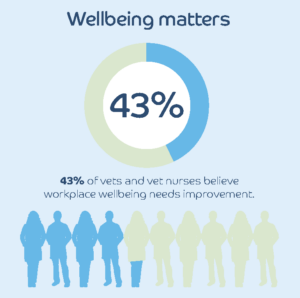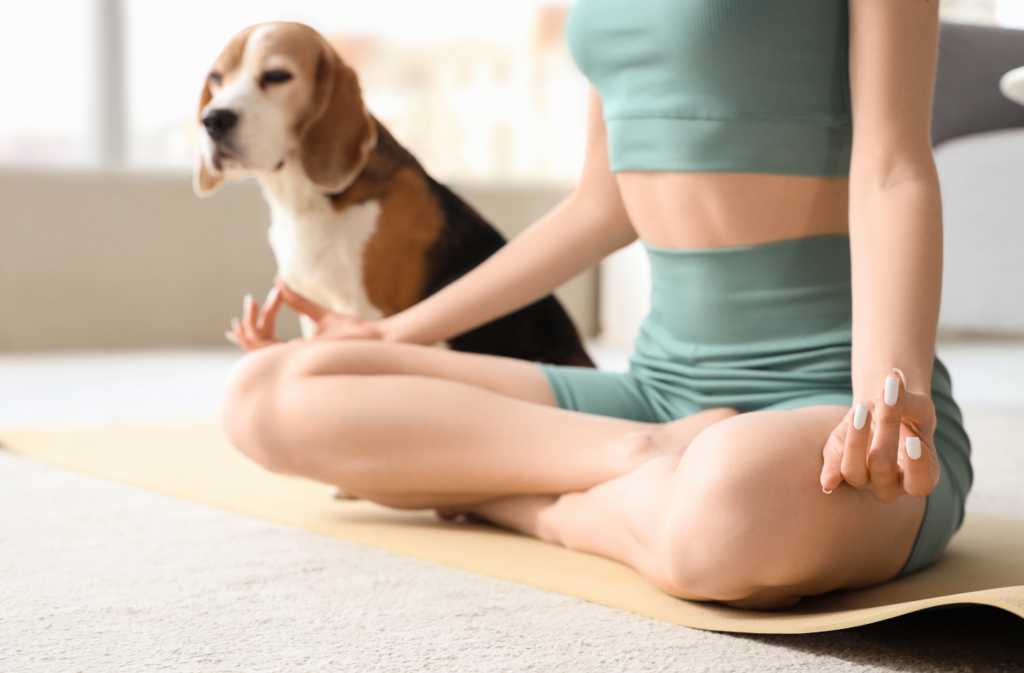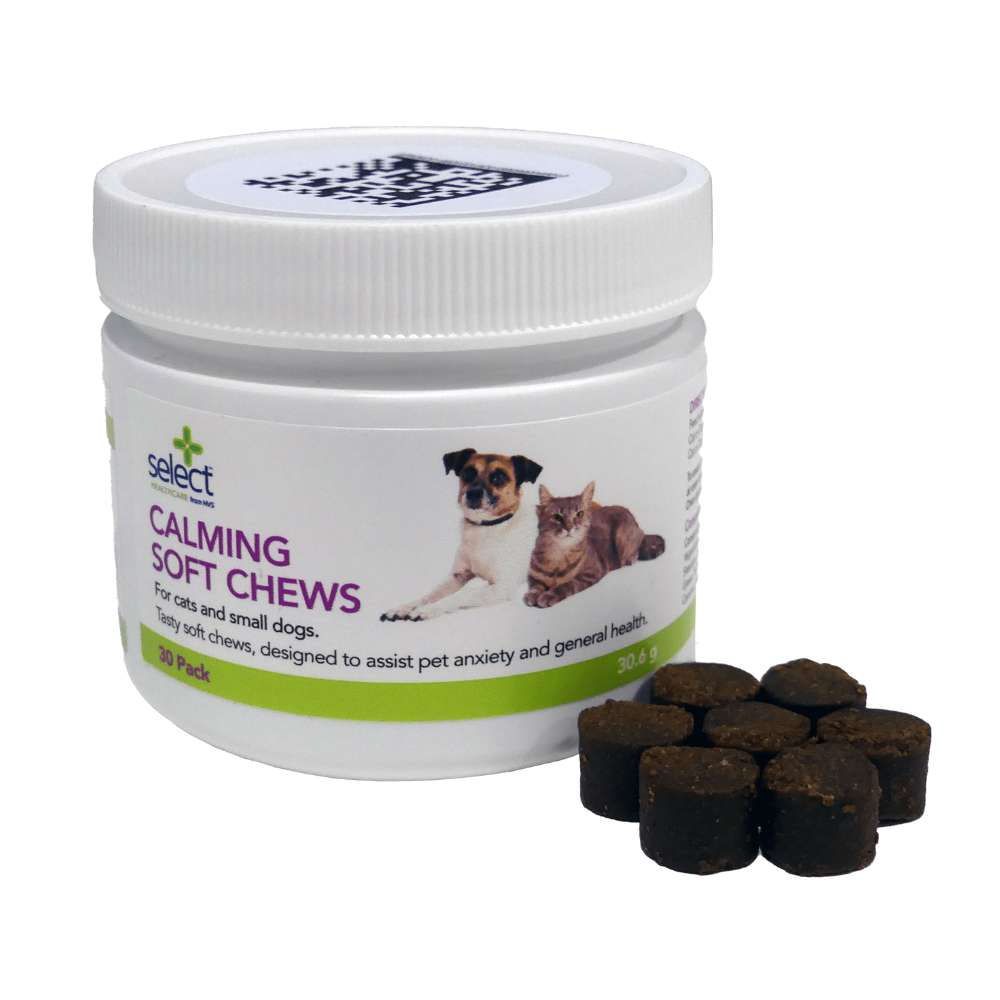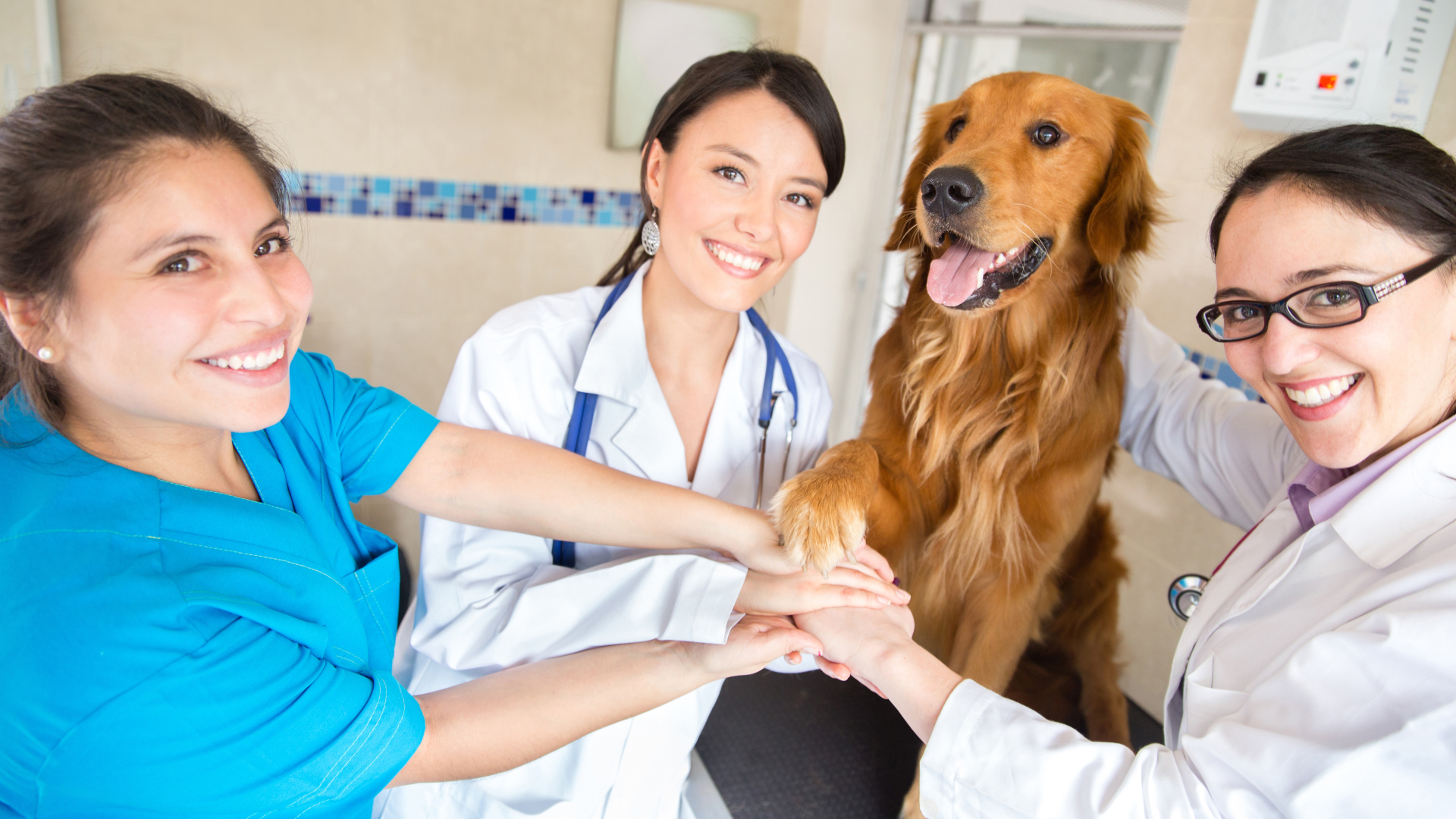Change doesn’t always start with huge gestures. Making lots of smaller, intentional actions to change aspects of workplace practices that contribute to stress can have a big impact on overall wellbeing.
Stress in animals
Many pets are very prone to environmental stress. As such, a visit to the vets can be just enough to send a household pet into a fit of nerves. In fact, 92% of veterinary professionals surveyed as part of the Big Chill campaign reported encountering nervous or stressed animals every single day in practice.
With such a high volume of vets experiencing this dilemma, is there a cure? Just like in people, pets can’t be told to simply ‘stop stressing’. However, according to the participants of the survey, there are many different means that can be utilised to successfully calm an anxious pet.
Top tips for soothing anxious pets
- Offer treats and other diet incentives.
- Take time and avoid rushing or hurrying a pet.
- Offer calming sprays or diffusers, or species-specific remedies such as cat pheromones.
- Maintain a calm demeanour and a quiet environment when around the pet.
- Keep the owner or safe person close to their pet where possible.
Many other valuable insights were provided, suggesting that music, environmental exposure and general patience with an animal can also help to soothe nerves.
Some medications and supplements have also been found to offer relief from symptoms associated with stress in some animals. Along with appropriate handling techniques 82% of vets will also use medications and supplements to support nervous animals, with Gabapentin being the most used medication.
Additionally, supplements like NVS Select Calming Chews are commonly used to help anxious pets. These palatable chews are specially formulated to alleviate stress-related behaviours, aligning well with the increasing focus on responsible care and fostering a comfortable environment and experience for pets.
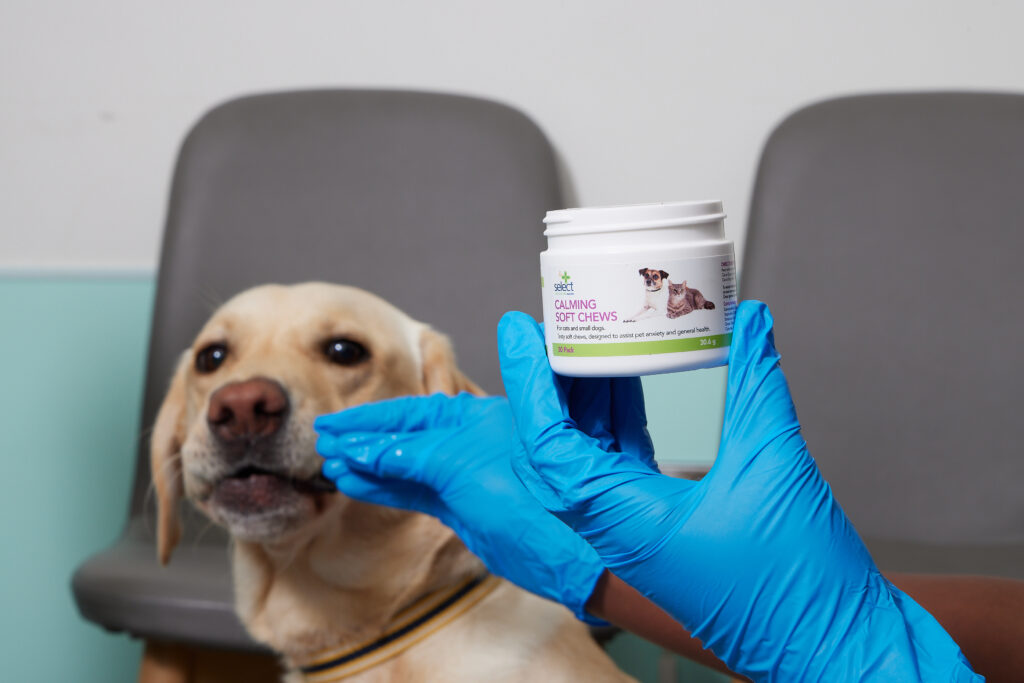
Owner support resources
With over 90% of survey respondents indicating daily instances of stressed patients in their practices, the necessity of improving the veterinary experience for pets is paramount.
Fundamentally, the Big Chill campaign drew attention to the shared responsibility between practice staff and owners in fostering a positive environment by addressing how owners can better support their anxious pets, revealing some of the paramount pieces of advice that veterinary professionals surveyed recommend.
The campaign shed light on effective techniques for managing levels of anxiety and stress in pets, many of which depend heavily on owner involvement and the environment the pet is in before they even step foot – or paw – into the veterinary practice.
From relaxing pre-visit preparations to providing a cosy environment when travelling to the vets, owners can take steps to offer positive reinforcement and lots of loving words to their pets to keep their mood up about their impending vet visit.
Drawing on the recommendations provided by participants in the Big Chill campaign spurred NVS Group to compile informative resources such as the downloadable Big Chill factsheet for owners to empower pet parents with tips and tricks directly from veterinary professionals on how best to cope with anxiety surrounding veterinary visits.
1 https://pmc.ncbi.nlm.nih.gov/articles/PMC9209636/
More about the author:
Gemma Vardy, Senior Category Specialist, NVS

Gemma has been an integral part of NVS’s Category Team for the past six years. In her role as Senior Category Specialist, she oversees the large animal and equine categories, ensuring a diverse range of high-quality products with consistent stock availability. Passionate about new product development and innovation, Gemma also plays a crucial role in developing the Select from NVS product line. She collaborates with veterinary practices to understand their product needs and works with NVS’s trusted manufacturers to bring those products to market.

